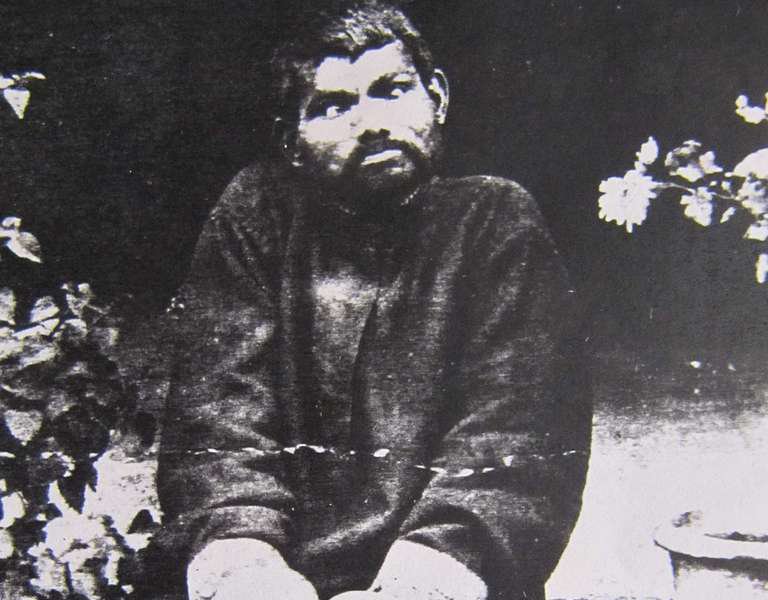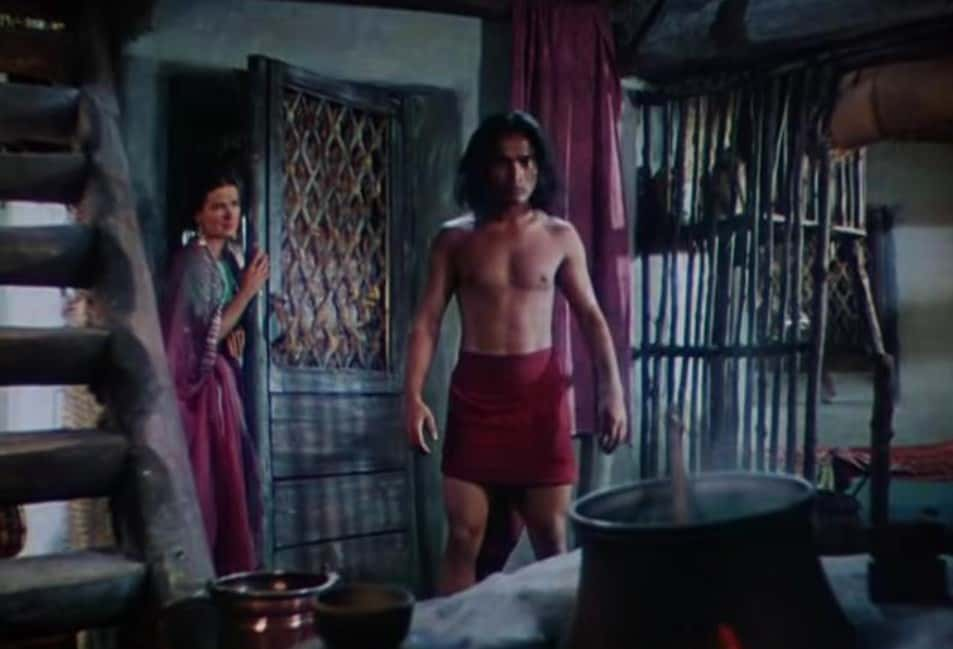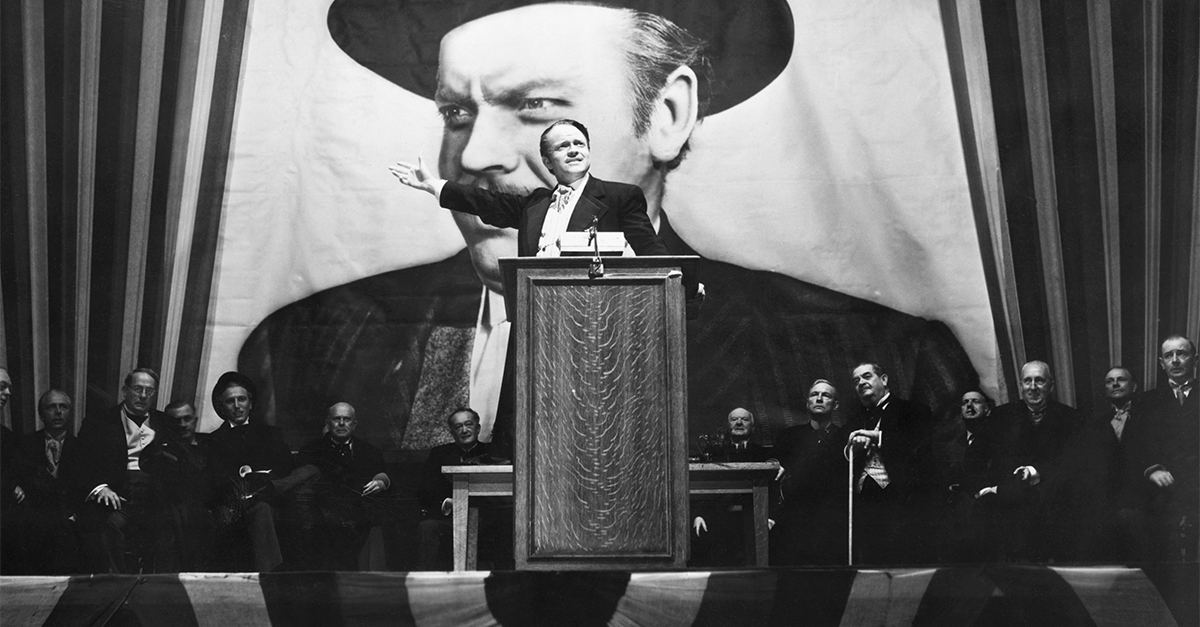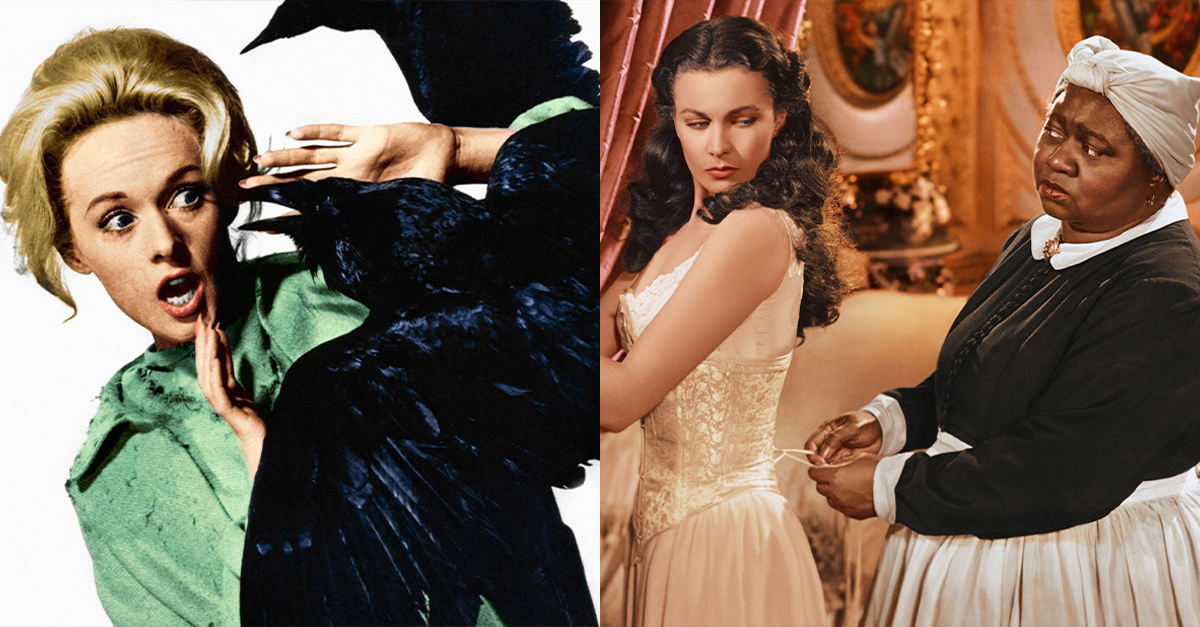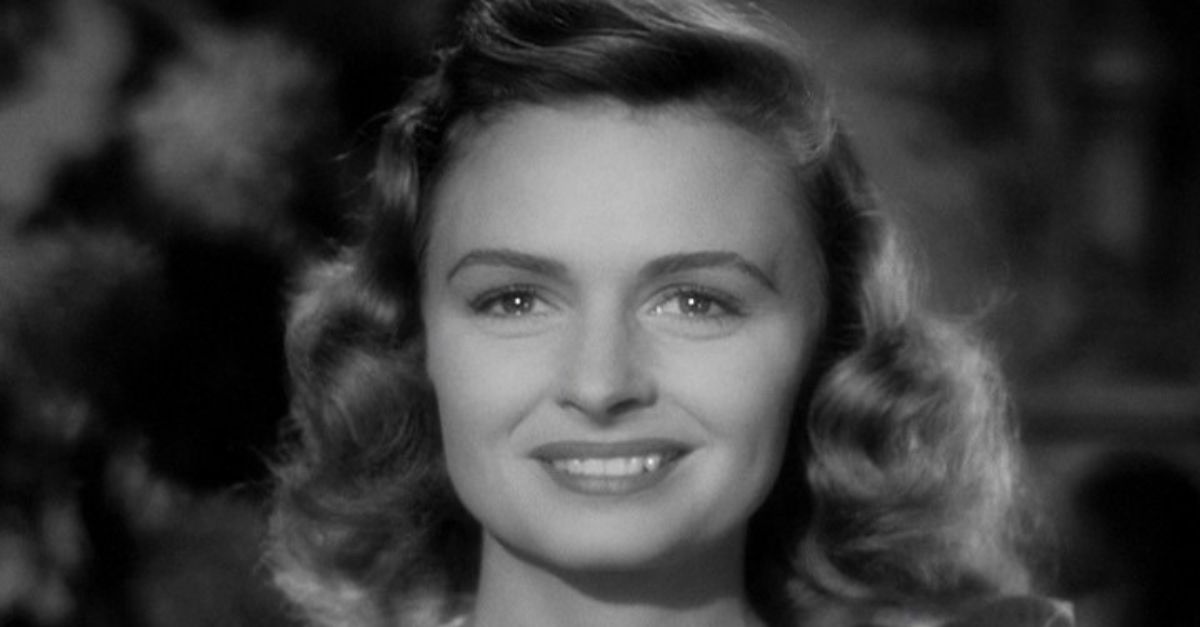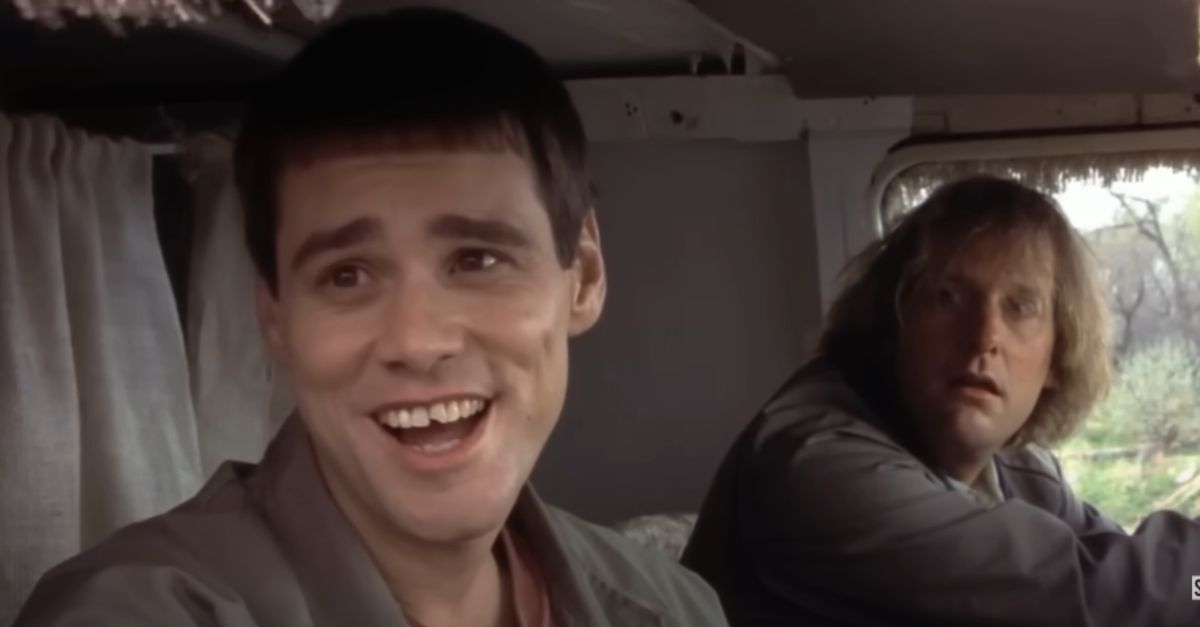What’s Your Favorite, The Book Or The Movie?
The Jungle Book franchise—the books and the movie—has become a sensation worldwide. The works of Rudyard Kipling shape this production, and here is an account of the purported inspiration of its characters and scenes from real life.
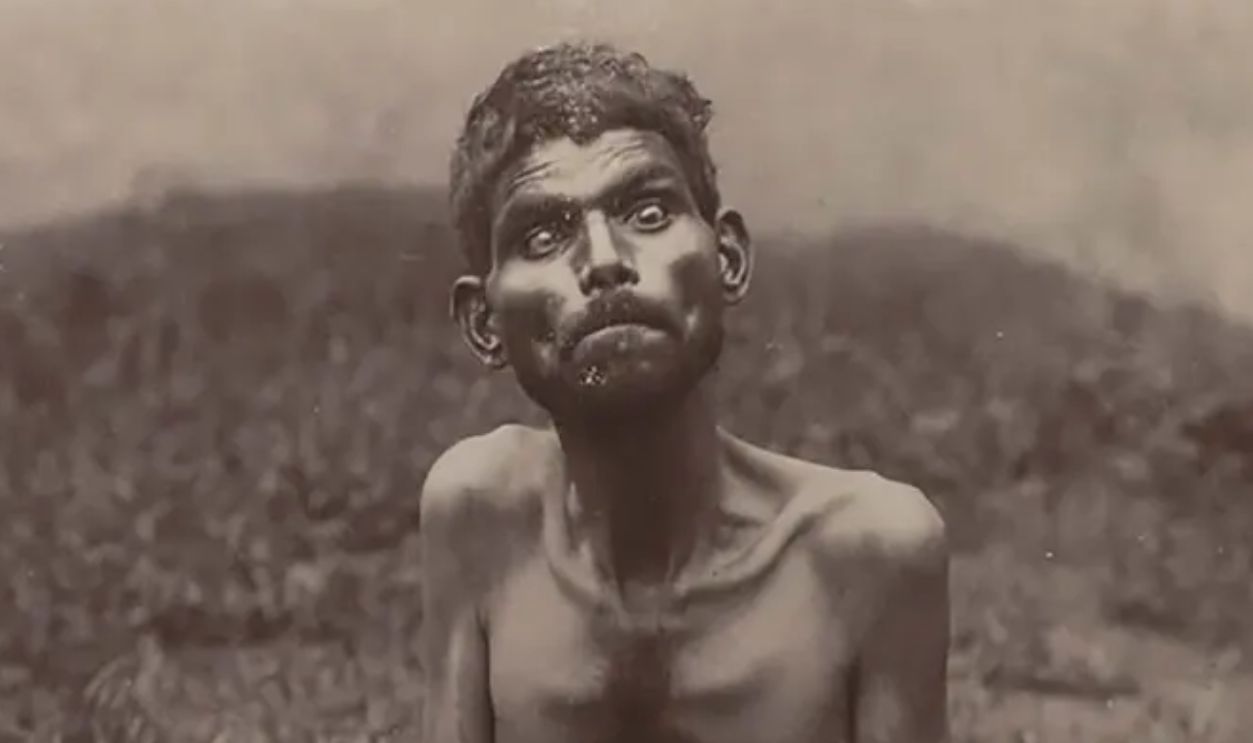
What Came First? Book Or Movie
The Jungle Book began as a literary classic before it became a cinematic masterpiece. Rudyard Kipling’s book debuted in 1894 and caught readers’ interest with tales of Mowgli and the wild. Walt Disney later brought the story to life on the big screen in 1967.
 John Lockwood Kipling, Wikimedia Commons
John Lockwood Kipling, Wikimedia Commons
Background Into The Books
Rudyard Kipling penned The Jungle Book while living in Vermont, inspired by his childhood in India. The stories blend Indian wildlife with fables exploring belonging and survival themes. Mowgli’s journey with wolves, Bagheera, and Baloo is all wrapped up in the wonder and perils of the wild.
 Rudyard Kipling, Wikimedia Commons
Rudyard Kipling, Wikimedia Commons
A Background Into The Movie
The Jungle Book (1967) was the last animated film overseen by Walt Disney before his departure. The team chose a lighthearted approach, moving away from Kipling’s darker tone. This approach paid off because it made The Jungle Book a beloved family favorite. The 2016 live-action adaptation added a modern twist.
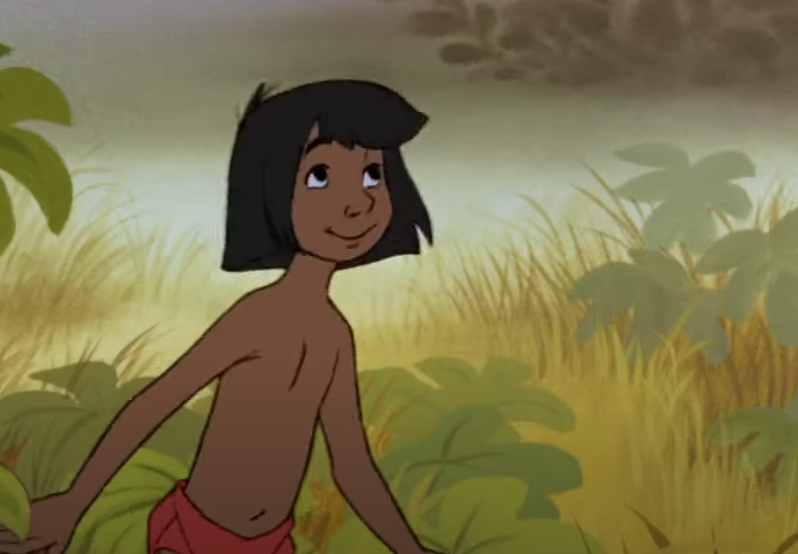 Walt Disney, The Jungle Book (1967)
Walt Disney, The Jungle Book (1967)
The Sales And Ratings Of Both Book And Movies
The Jungle Book book has sold millions since its release. When it comes to the movies, the 1967 movie grossed over $378 million worldwide, while the 2016 live-action version earned the franchise $966.6 million. On Rotten Tomatoes, the 2016 version rated 94% and the 1967 one 88%.
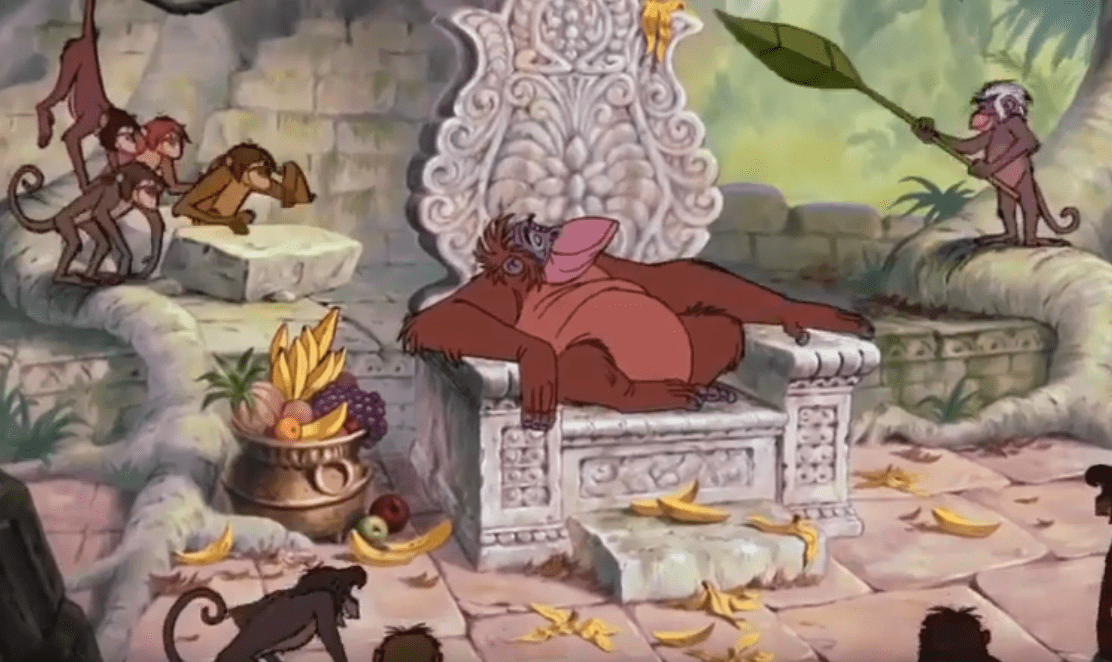 The Jungle Book, Walt Disney Productions
The Jungle Book, Walt Disney Productions
The Speculative Wild Inspiration For Mowgli
Dina Sanichar was discovered in 1867 in India, raised by wolves, and is the speculative inspiration. His primal habits—howling, walking on all fours, and hunting like a wolf—fascinated observers. It is purported that he became the basis for the fictional Mowgli, the wild boy raised by animals in The Jungle Book.
How Sanichar’s Story Ties To The Jungle Book
The links aren’t black and white, but many believe there’s a link between the two stories. This remains largely speculative. The first connection? Being raised by wolves. Second, they both lived in the forest and learned how to survive. Mowgli’s story is fictional, but Sanichar isn’t.
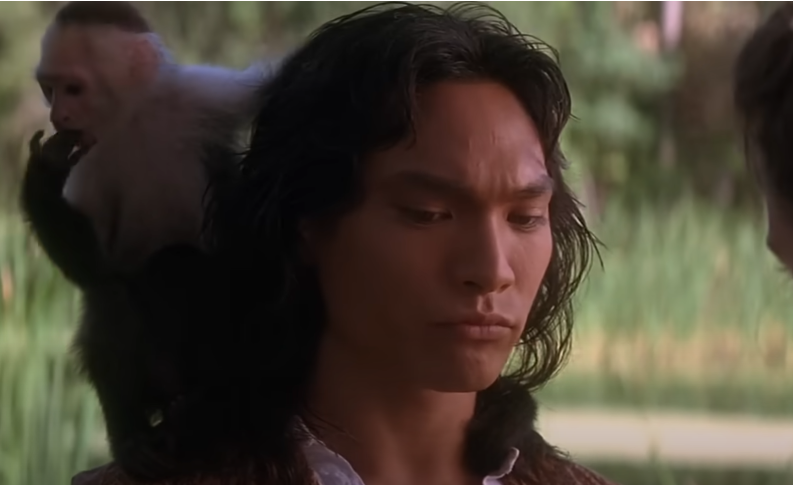 Walt Disney, Rudyard Kipling’s The Jungle Book (1994)
Walt Disney, Rudyard Kipling’s The Jungle Book (1994)
How Sanichar’s Story Began
In 1867, a group of hunters in Uttar Pradesh, India, found Sanichar in a cave. The boy could not speak or exhibit human-like behaviors, such as walking. Instead, he howled like a wolf and also ate raw meat. After this group found him, they took him to an orphanage.
 whatsthatpicture from Hanwell, London, UK, CC BY 2.0, Wikimedia Commons
whatsthatpicture from Hanwell, London, UK, CC BY 2.0, Wikimedia Commons
Origins Of His Name
By the time they took him to the orphanage in an Agra called the Secundra orphanage, the boy was nameless. And since he was admitted into the institution on a Saturday, they named him Sanichar, which translates to Saturday. “Dina” means day in Hindu.
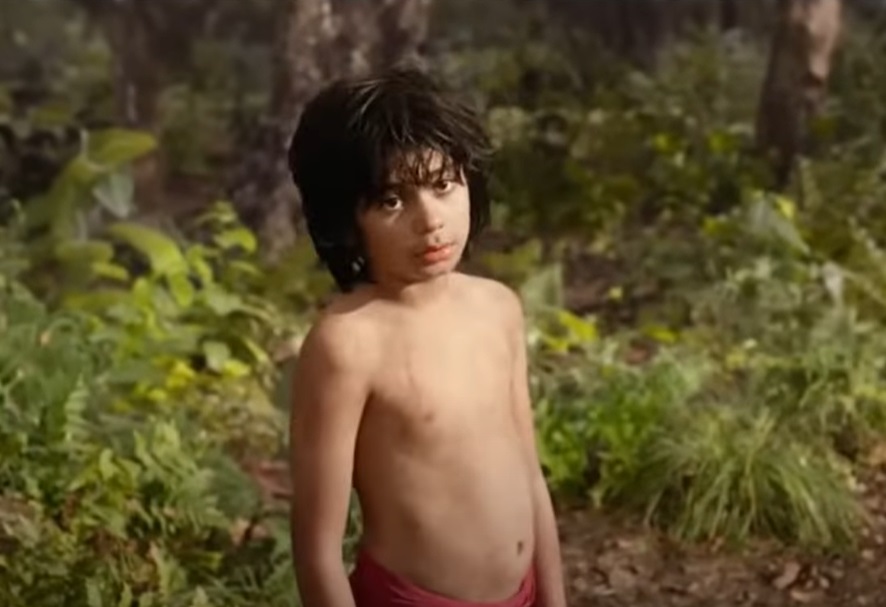 Walt Disney, The Jungle Book (2016)
Walt Disney, The Jungle Book (2016)
The Wild Encounter
This cave Sanichar was found was a wolf den, and it was purported that he was about six years old then. Life for him wholly changed because the Jungle was all he knew. The wolves were his family. So, as expected, he resisted human interaction.
 Ehkastning, CC BY-SA 3.0, Wikimedia Commons
Ehkastning, CC BY-SA 3.0, Wikimedia Commons
Adapting To Human Society
If you are human, you belong to the humans, right? Um, that probably didn’t sit well with Sanichar because, to him, humans were alien. Unlike Mowgli’s seamless integration into the village, Sanichar struggled to adapt to human life. He resisted clothing, language, and cooked food, clinging to his primal instincts.
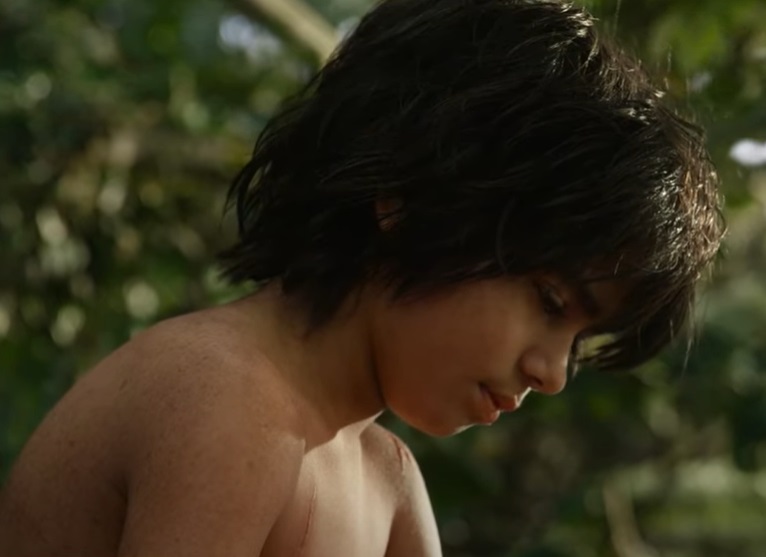 Walt Disney, The Jungle Book (2016)
Walt Disney, The Jungle Book (2016)
He Never Fully Transitioned Into Human Life
Raw meat is the diet of wolves, and Sanichar stuck by it. It is claimed that whenever cooked food was offered to him, he refused it. Compared to Mowgli, his reality was far more complex and tragic, far from what the book romanticized.
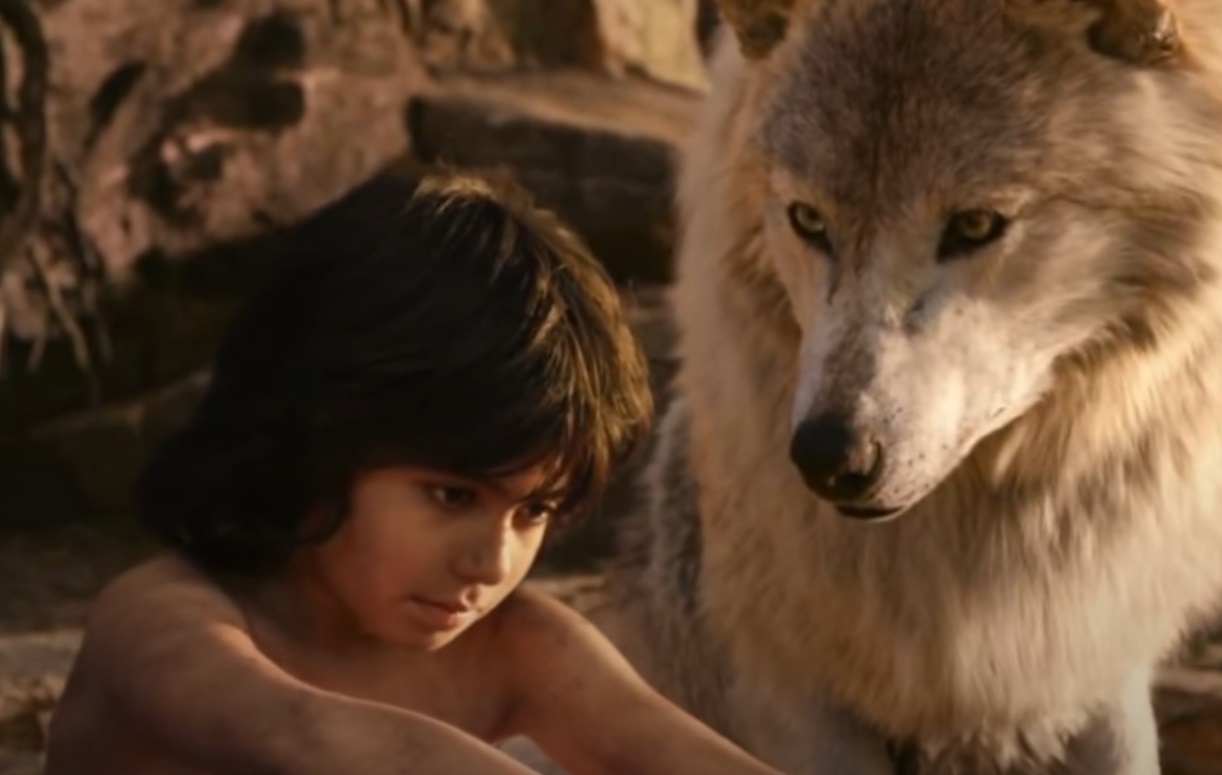 Walt Disney, The Jungle Book (2016)
Walt Disney, The Jungle Book (2016)
Communication Barriers
Sanichar never learned to speak like a human; he communicated through grunts and gestures, not words. However, Mowgli communicates fluently with animals and humans and effortlessly moves seamlessly through the two worlds. It makes you wonder just how vital those informative years are for a child’s communication.
 Walt Disney, The Jungle Book (2016)
Walt Disney, The Jungle Book (2016)
The Role Of Wolves
Both Sanichar’s and Mowgli’s stories revolve around wolves. Sanichar’s pack offered him protection, nourishment, survival guidance, and a sense of family. Similarly, Mowgli’s wolf parents, Raksha and Akela, nurtured him as their own. Kipling’s wolves were noble and wise; the wolves in Sanichar’s life likely followed instincts.
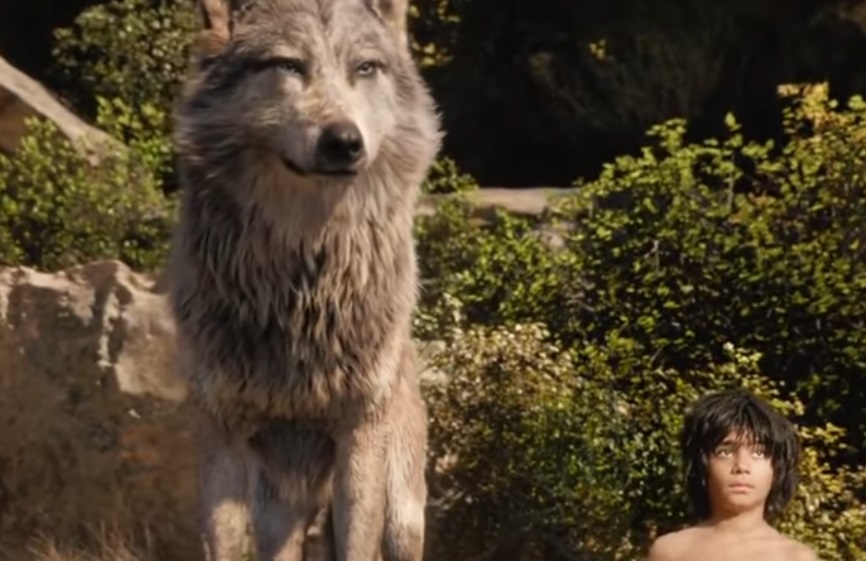 Walt Disney, The Jungle Book (2016)
Walt Disney, The Jungle Book (2016)
Cultural Context Of Dina’s Story
Sanichar’s story unfolded during colonial India when fascination with “exotic” tales of the wild peaked. British colonialists viewed him as a curiosity rather than a person, leading to a string of exploitations of his story for their narratives. Interestingly, Kipling’s The Jungle Book was written around the same time.
 Rudyard Kipling, Wikimedia Commons
Rudyard Kipling, Wikimedia Commons
A Lost Childhood
Clearly, Sanichar would never have a typical infant and toddler life; it was all gone. What was meant to be breastfeeding and toys had, in fact, become survival for the fittest. Mowgli basically had the same: A carefree life of escapades in the wild involved harsh realities.
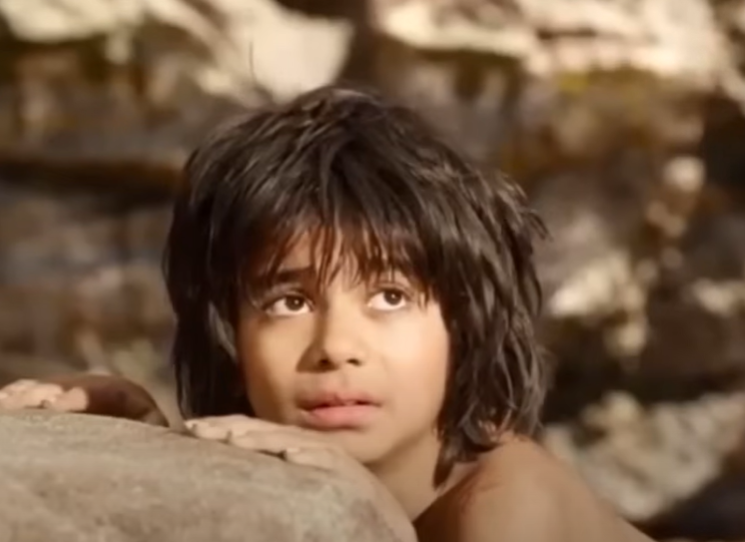 Walt Disney, The Jungle Book (2016)
Walt Disney, The Jungle Book (2016)
Themes Of Belonging
If you were in Mowgli’s or Sanichar’s shoes, you must have wondered how different you were from your family members. They have fur, and you are cleanly “shaved”. Mowgli, however, had a chance to explore belonging beyond the Jungle. Sanichar, not so much because he resisted everything human.
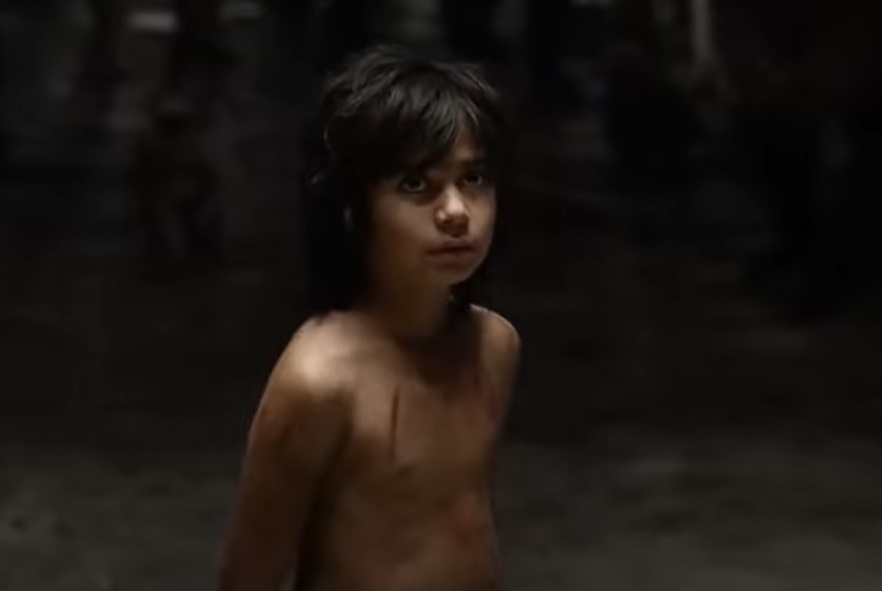 Walt Disney, The Jungle Book (2016)
Walt Disney, The Jungle Book (2016)
Sanichar’s Belonging
The fact that Sanichar had made it that long without being an animal feed tells us something: His caretakers cared. Sure, we have no definitive evidence of what his wolf family did, but his mannerisms showed they taught him his way of life, the howling, raw meat eating, and all.
His Family Was The Wolves
The wolf was his family, and that was all he knew. When the hunters brought him into civilization, he must have felt trapped and in the wrong place despite looking similar to others around him. The sad part is that we might never know because he never expressed if he felt safe or threatened.
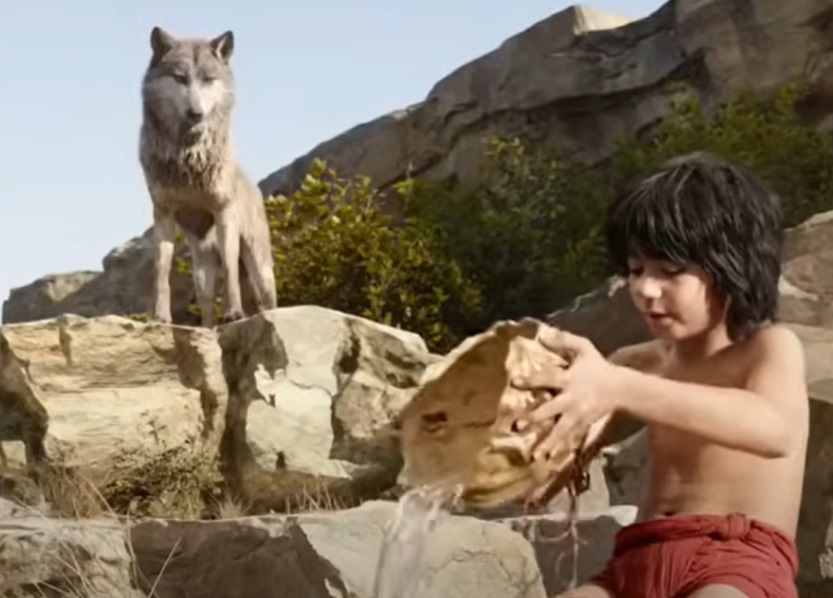 Walt Disney, The Jungle Book (2016)
Walt Disney, The Jungle Book (2016)
Symbolism Of The Jungle
For Mowgli, the Jungle represents freedom and identity. For Sanichar, it was home where survival and safety dominated. The Jungle’s dual nature as a sanctuary and a perilous place is central to both narratives. However, Sanichar’s story adds gravity to the idyllic portrayal of the Jungle, grounding it in reality.
Human Curiosity And Exploitation
After his rescue, Sanichar became the center of scientific curiosity. He was studied by missionaries and colonial officials instead of being welcomed and trained to live a more human-like life. He became a subject of fascination, not empathy. The fictional Mowgli experienced humans as either allies or villains.
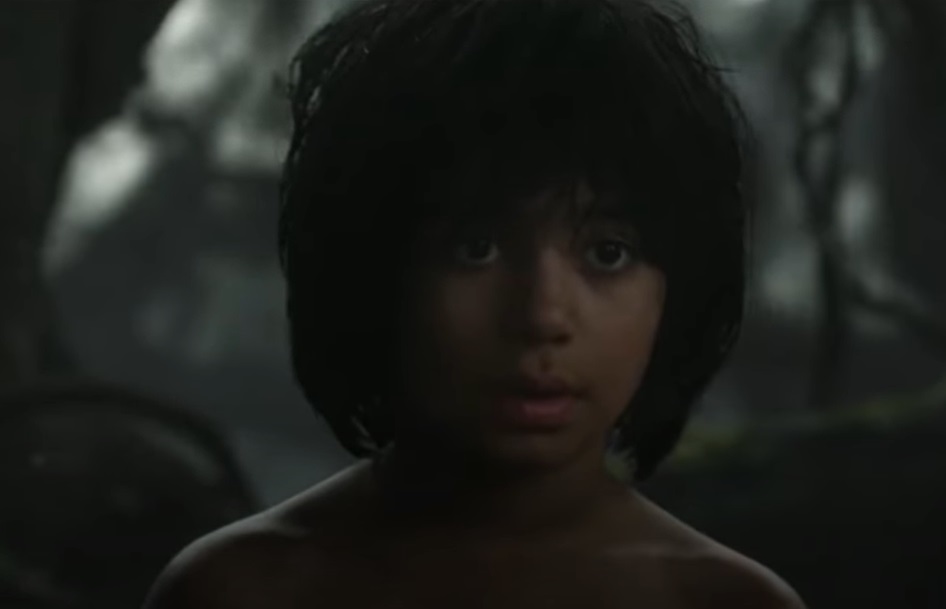 Walt Disney, The Jungle Book (2016)
Walt Disney, The Jungle Book (2016)
Isolation And Loneliness
Imagine being in a new world; yes, everyone looks like you, but you have zero connection to you. Isolation ensues immediately, and this become Sanichar’s reality. His inability to connect with others left him isolated, even among people. He lived a life of solitude, misunderstood by those around him.
 Rudyard Kipling, Wikimedia Commons
Rudyard Kipling, Wikimedia Commons
Sanichar Wasn’t The Only Feral Boy
Around the same time Sanichar was discovered, another feral boy was brought into the orphanage. It is claimed that the pair bonded, and one even taught the other to drink from a cup. Throughout history, there have been more records of children being raised by animals.
 El reencuentro de un hombre con sus hermanos, los lobos de la Sierra Morena by Univision Noticias
El reencuentro de un hombre con sus hermanos, los lobos de la Sierra Morena by Univision Noticias
More Feral Children?
Feral kids weren’t a new concept; one story that turned out to be a hoax was one about Amala and Kamala. Unverified stories were of three boys called the Hessian wolf-children. Other unverified ones were the Hasunpur Wolf Boy (1843) and Marcos Rodríguez Pantoja (c. 1946).
 The incredible story of living with wolves: Marcos Rodríguez Pantoja by StoryTeller
The incredible story of living with wolves: Marcos Rodríguez Pantoja by StoryTeller
More Animals Parents Besides Wolves
Wolves aren’t the only animals to have been found to raise kids. There have also been unverified records of dogs, bears, sheep, cattle, and goats taking the role. Don’t believe us? Google it, and you’ll be surprised by the wonders of this world. Now, let’s circle back to Sanichar.
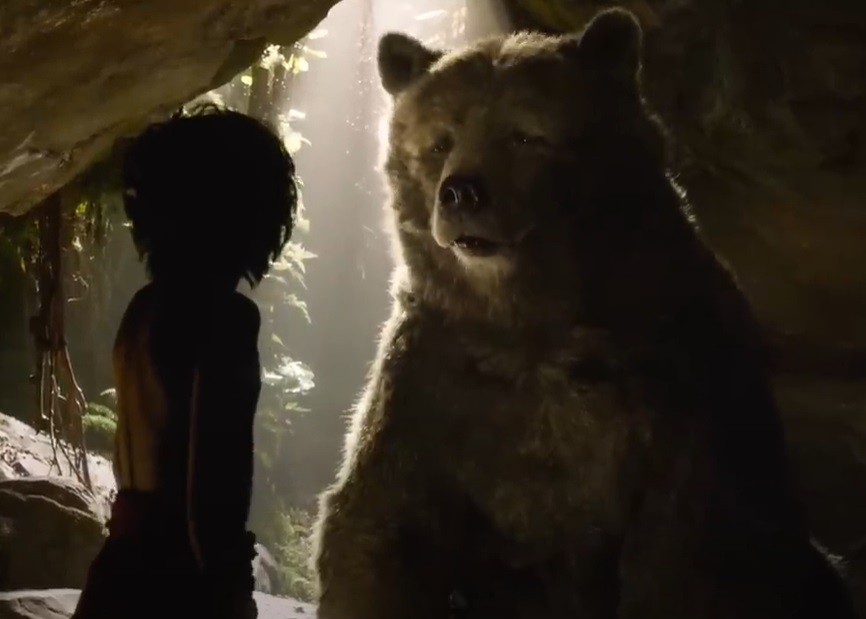 Walt Disney, The Jungle Book (2016)
Walt Disney, The Jungle Book (2016)
Psychological Impact On Sanichar
Psychology has apparent symptoms of separation, which Sanichar exhibited when he was taken away from his pack. Most notably, the trauma caused him depression. His inability to thrive in human society points to the emotional toll of separating him from what he was used to.
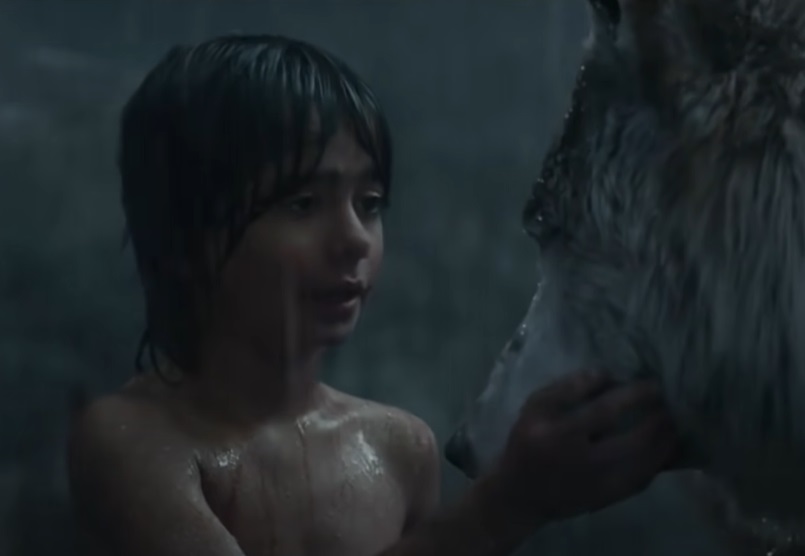 Walt Disney, The Jungle Book (2016)
Walt Disney, The Jungle Book (2016)
Legacy Of The Wild Boy
Dina Sanichar’s story remains a reminder of the intersection between humans and nature. While The Jungle Book celebrates that connection, Sanichar’s life gives us the harsh realities and the implications of how The Jungle Book would and did pan out in real life.
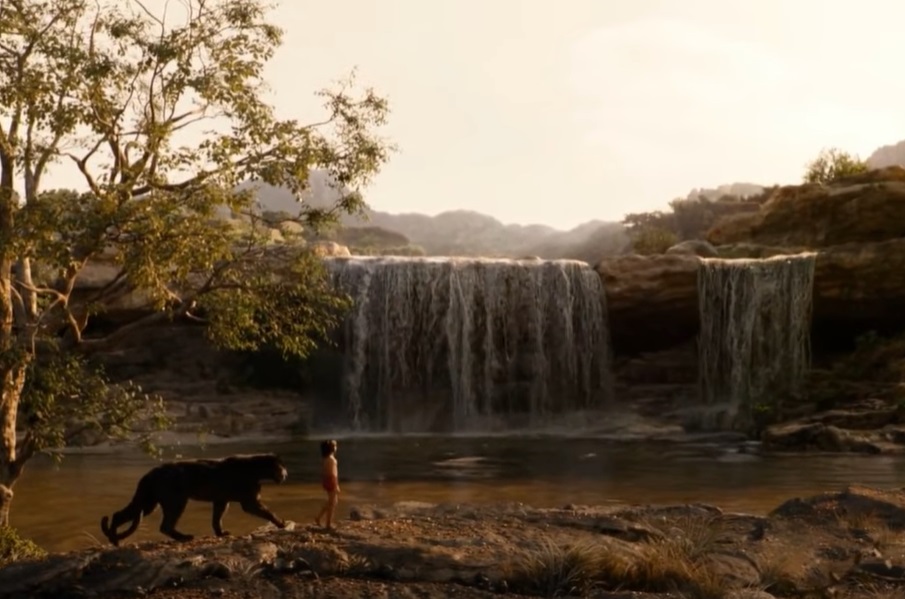 Walt Disney, The Jungle Book (2016)
Walt Disney, The Jungle Book (2016)
Sanichar’s End Wasn’t The Best
Sanichar’s story ended tragically in 1895 when he passed on from tuberculosis at 34; his life highlighted the astonishing adaptability of humans to harsh environments. Kipling may never have met him, but the parallels between Dina’s survival and Mowgli’s adventures are undeniable. Here come more real-life connections.
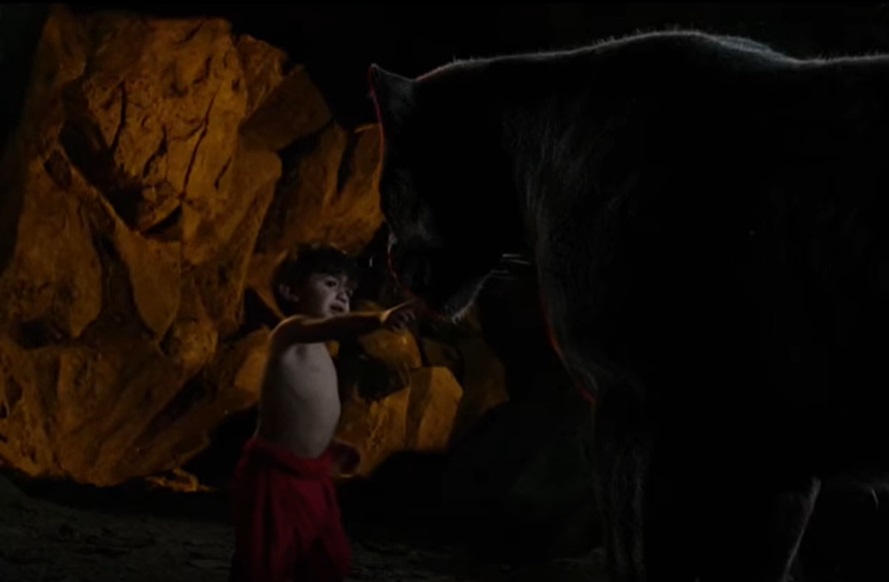 Walt Disney, The Jungle Book (2016)
Walt Disney, The Jungle Book (2016)
The Heart Of Kipling’s Jungle
Everything is set in Seoni Hills, located in Madhya Pradesh, India, in this production. Even though the Jungle is a fictional place, it might have been the real-life inspiration for Kipling’s fictional Jungle. With dense forests, roaming tigers, and whispering streams, it speaks of the raw, untamed wilderness.
 Maywe46, CC0, Wikimedia Commons
Maywe46, CC0, Wikimedia Commons
A Fitting Comparison
Even today, Seoni remains a biodiversity hotspot in Madhya Pradesh, India, and it is home to many species Kipling wrote about. Here, you’ll find tigers, leopards, bears, panthers, and many other species living and thriving in the thick forest vegetation.
 Akhlesh naveen Gathoria, CC BY-SA 4.0, Wikimedia Commons
Akhlesh naveen Gathoria, CC BY-SA 4.0, Wikimedia Commons
The Panchatantra’s Timeless Influence
Long before Kipling had a chance to write the first The Jungle Book, he got inspiration from the Panchatantra and the Jataka tales. A Panchatantra is a collection of Indian animal fables by Sanskrit and Jataka tales that were authored by a collection of unknown authors.
 Unknown Author, Wikimedia Commons
Unknown Author, Wikimedia Commons
What He Learned From These
These two manuscripts taught moral lessons through animal tales. These stories featured clever jackals, wise elephants, and scheming foxes. Kipling tapped into this treasure trove and meticulously blended its stories with his imagination. A true master at work.
 Biswarup Ganguly, CC BY 3.0, Wikimedia Commons
Biswarup Ganguly, CC BY 3.0, Wikimedia Commons
A Canvas For Kipling’s Creativity
The base ingredient that added realism to Kipling’s productions is that he had real-life references. The main one is his childhood in British-occupied India. This was a defining factor in The Jungle Book. Even though the records of where he lived are unclear, the book mentions several locations in India.
 Rudyard Kipling, Wikimedia Commons
Rudyard Kipling, Wikimedia Commons
The Locations?
These locales were given new names, but that might have been intentional to help children spell the words correctly. The central location is Seeonee, which could be today’s Seoni. Then, there were mentions of the “cold lairs”, which could be Chittorgarh hills.
 Minku2016, CC BY-SA 4.0, Wikimedia Commons
Minku2016, CC BY-SA 4.0, Wikimedia Commons
Introducing Shere Khan, Whose More Than A Villain
Shere Khan, The Jungle Book’s fearsome tiger, symbolizes power and pride. His name, derived from the Persian words “Sher” (tiger) and “Khan” (lord), reflects his dominance in the Jungle’s hierarchy. Remember tigers rule the Indian forests? This could have also been intentional.
 Walt Disney Productions, Wikimedia Commons
Walt Disney Productions, Wikimedia Commons
An Animal With Human Behaviours
Throughout The Jungle Book franchise, we experience Shere Khan as an animal with human traits. It was fascinating to see just how Kipling humanized him. His arrogance, cunning, tricks, and grudges mirror human characteristics, making him more than a one-dimensional foe.
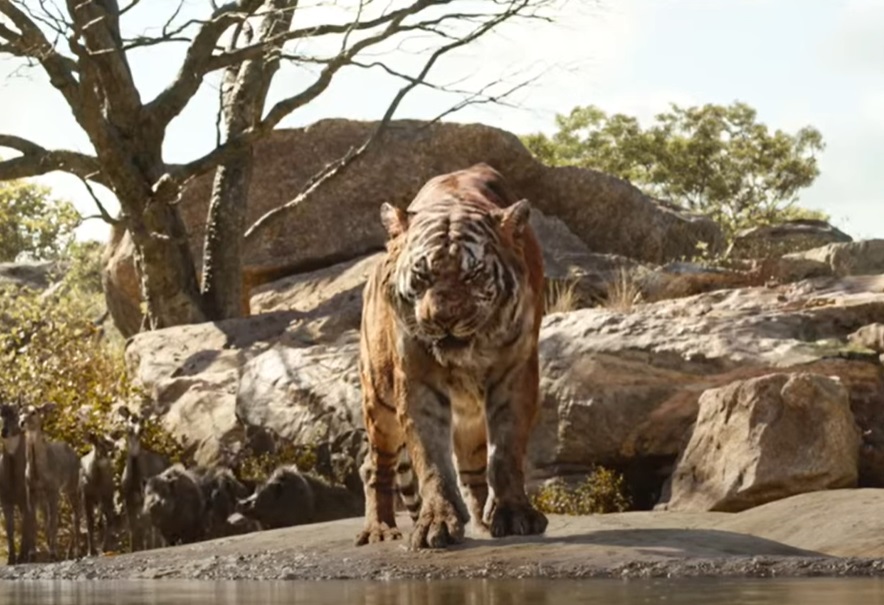 Walt Disney, The Jungle Book (2016)
Walt Disney, The Jungle Book (2016)
Kipling’s “Law of the Jungle”
Real-life animal hierarchies and societal norms might have inspired the “Law of the Jungle” in The Jungle Book. These underscore survival, loyalty, and respect for nature. Similar to the “Law of the fittest”, this “law” bridges the gap between animals and humans. Instincts and ethics could coexist.
 Rudyard Kipling, Wikimedia Commons
Rudyard Kipling, Wikimedia Commons
Baloo And Bagheera
Switching gears to the good, Baloo, the bear, and Bagheera, the panther. By the way, bears and panthers also roam free in Indian forests, which is yet another inspiration for realism. This pair became Mowgli’s companions, and they represented wisdom and strength.
Wise And Patient Baloo
Baloo instills survival lessons in the story and teaches Mowgli about the “Law of the Jungle”. Baloo is purported to be a sloth bear, and by making a connection between actual sloth bears and Baloo, we see the gentleness shine through. Yes, bears are strong and bold, but they’re also….
 Rudyard Kipling, Wikimedia Commons
Rudyard Kipling, Wikimedia Commons
Gentle When Unprovoked
Sloth bears are known for their relatively gentle nature when not threatened, and this perfectly mirrors Baloo’s kind and patient demeanor. Baloo’s diet also points to something sloth bears appreciate—honey, fruits, and insects. However, there are debates about whether Baloo could have been another bear species. Examples ensue.
 Charles J. Sharp, CC BY-SA 4.0, Wikimedia Commons
Charles J. Sharp, CC BY-SA 4.0, Wikimedia Commons
Baloo’s Purported Real-Life Species
First, he might have been a sloth bear. Second, he could have been an Asian black bear, as per a Russian version of the 1967 movie. Baloo might have also been a cinnamon bear, according to the 1994 remake. Live-action TV went with Baloo as an American black bear.
 smartneddy, CC BY-SA 3.0, Wikimedia Commons
smartneddy, CC BY-SA 3.0, Wikimedia Commons
More Species
Folks, there is more—a Himalayan brown bear and a Balochistan Bear. We do not have a definitive answer to Baloo’s real identity; unfortunately, Kipling isn’t here to answer that. Next, we look at the possible origins of Bagheera, the panther.
 Zoo Hluboka, CC BY-SA 4.0, Wikimedia Commons
Zoo Hluboka, CC BY-SA 4.0, Wikimedia Commons
Bagheera The Panther
The word Bagheera translates to either leopard or panther in India, so it’s unclear which of the two he was. What we know is that his character is highly protective, and he works hand in hand with Baloo to guide Mowgli on his journey in the Jungle.
 Davidvraju, CC BY-SA 4.0, Wikimedia Commons
Davidvraju, CC BY-SA 4.0, Wikimedia Commons
Wolves As Teachers
Like Sanichar, Mowgli had a wolf pack in The Jungle Book led by Akela. Another similarity that shines is that these wolves taught Mowgli the value of unity and survival skills. This bond between human and beast is both heartwarming and primal.
 John Lockwood Kipling, Wikimedia Commons
John Lockwood Kipling, Wikimedia Commons
Kipling’s Nobel Prize Legacy
Good works always get rewarded so much that in 1907 Kipling became the youngest recipient of the Nobel Prize in Literature, primarily due to The Jungle Book. The stories’ deep dive into universal growth, survival, and identity won people’s hearts. Whether Sanichar’s story was the inspiration, we’ll never know.


